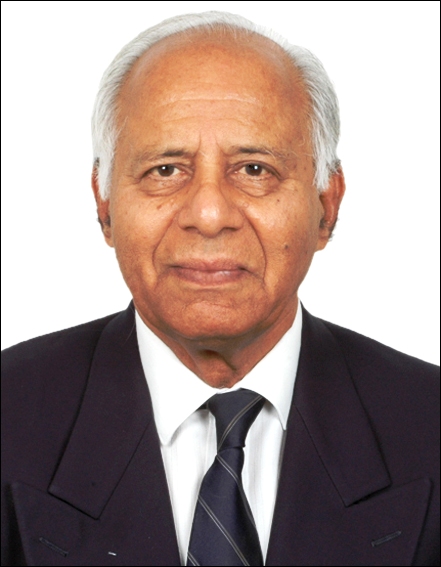
Born in Lahore on 5th January, 1930, to Savitri Devi and Shanti Sarup and brought up in an open environment, without any mental conditioning by a denominational commitment. He imbibed a deep commitment to democracy and freedom because his family participated actively in the freedom struggle. In 1947, together with his family, he went through the trauma of losing all, and then participating in rebuilding a new status and identity. He joined the IAS in 1954 and retired in 1988 as Education Secretary, Government of India. Later, he became Chairman, National Book Trust. Also co-authored, with Sulabha Brahme, Planning for the Millions.

There were a lot of problems with my schooling, but, in the end, none of them mattered much.
The first memory I have of a school is in Lahore when I was about three years old. I was all spruced up, wearing a round gold-embroidered cap, on the wicket gate, waiting for my guardians to come and pick me up and take me back home.
My next memory is of a school in Okara, later identified as the M.B. High School, where I had gone perhaps for a few days. I remember it because one of my teachers had brought me to grandfather's house and casually reported that I was making good progress. My teacher showed my grandfather how well I had written the Urdu alphabet on my Takhti, a wooden board covered with Gajini mitti (clay soil).